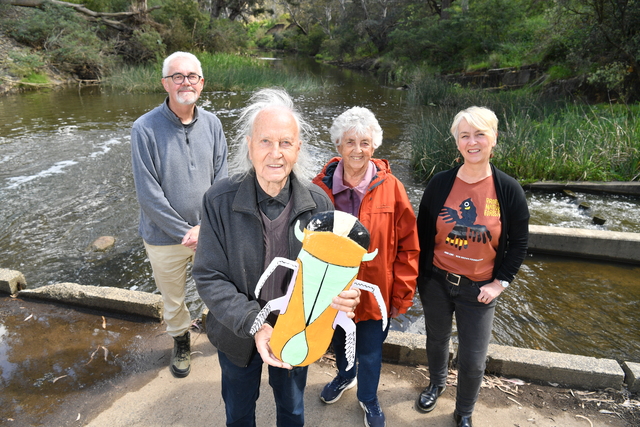
Gerald Lynch
Platypus DNA was discovered in creeks in Brimbank as part of an ongoing Melbourne Water monitoring program.
Performed as part of a three-decade-long monitoring program, the water authority completed a comprehensive mapping effort using environmental DNA (eDNA) testing and capture and release methods.
Traces of platypus DNA – released into waterways through the animal’s mucus, urine, faeces, skin, and saliva – were detected in 1800 locations within Greater Melbourne between 2021–23.
According to Melbourne Water, these traces remain in water for days to weeks after the animal has been in the area, allowing for detection even when the animal is inactive.
The water samples that returned positive results for platypus DNA in Brimbank were taken from dozens of points along the Brimbank stretch of the Maribyrnong River and Taylors Creek in Brimbank.
Maribyrnong River and Waterways Association (MRWA) chair Helen van den Berg said there are great spots along the river to see platypus, but the community must remain vigilant and do their part to keep them safe.
“Platypus are best seen at twilight and you need to be very very quiet and still or they disappear quickly,” she said.
“They eat macroinvertebrates — yabbies, young water bugs and worms. These animals only develop and live in clean water, so chemical pollution off freeways, roads and streets reduces their food supply.”
Ms van den Berg said there are many ways people can help out throughout everyday life.
“Individually we can all help by going to the river to watch for platypus and reporting any sightings to platypus.asn.au, as well as never dropping any litter in streets or playgrounds,” she continued.
“Don’t wash your car in the street, and reduce the use of herbicides and insecticides in the garden.”
An adult platypus eats 40 per cent of its body weight every day, so it is critical that water levels are ample to allow them to find enough food.
The MRWA is currently advocating for a fair share of very clean river water to keep the platypus safe, and the retrofitting of stormwater drains to capture litter and filter the water to prevent chemicals polluting the waterway.







